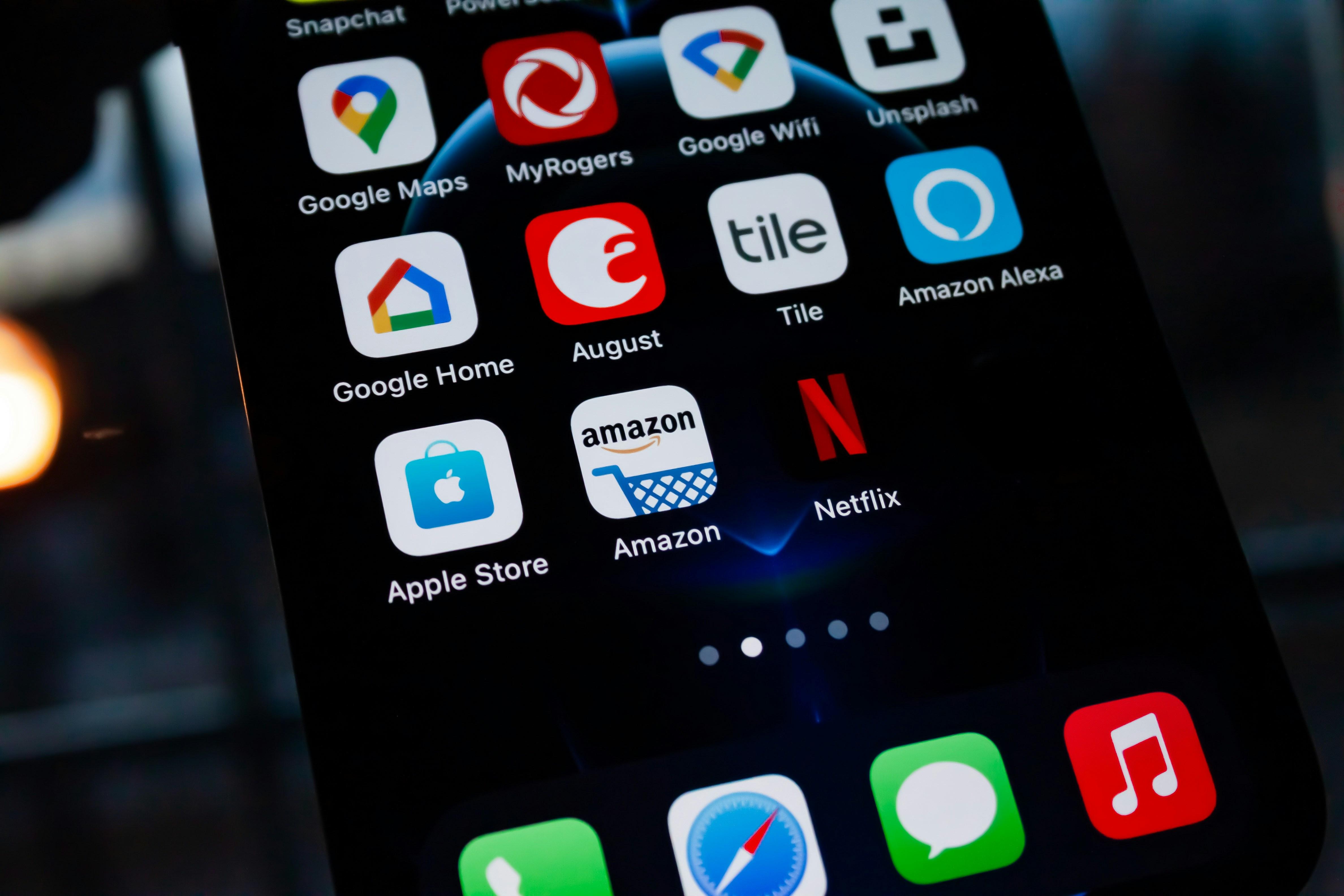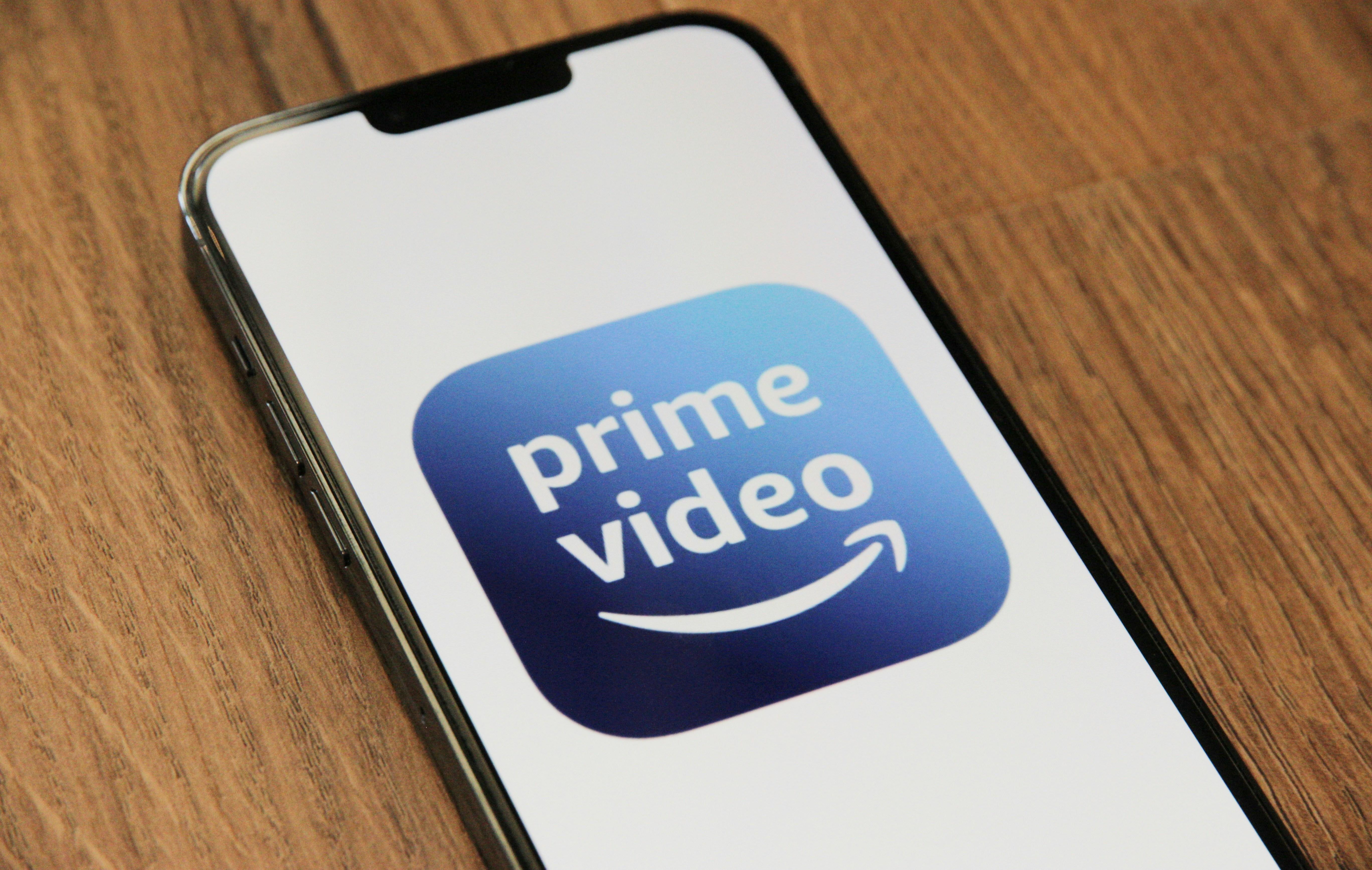In recent years, Amazon Prime Video has emerged as a formidable player in the realm of digital streaming, offering a diverse array of content that spans both original movies and television shows. As the platform continues to expand its global footprint, a strategic question arises: should Amazon Prime focus more on developing original movies rather than TV shows? This inquiry delves into the evolving dynamics of viewer preferences, industry trends, and competitive positioning. By examining the potential advantages and challenges associated with prioritizing films over series, this analysis seeks to illuminate the strategic pathways available to Amazon Prime as it navigates the ever-changing landscape of digital entertainment.
Analyzing Current Content Strategy: Movies vs. TV Shows
In the competitive landscape of streaming platforms, Amazon Prime Video’s content strategy for original productions plays a crucial role in subscriber retention and growth. Movies often provide immediate engagement, attracting viewers with high-profile casts and directors, and generating buzz with limited release schedules. They cater to audiences seeking a complete narrative experience in a shorter time frame, offering a diverse range of genres that can quickly adapt to trending themes.
On the other hand, TV shows offer prolonged viewer engagement through serialized storytelling. They build loyal fan bases over multiple seasons, creating opportunities for in-depth character development and expansive world-building. TV series also encourage sustained subscriptions as audiences return for new episodes. Key considerations include:
- Viewer Preferences: Movies attract those looking for quick entertainment, while TV shows engage long-term viewers.
- Content Longevity: TV shows can extend engagement over years, whereas movies often have a shorter lifecycle.
- Resource Allocation: Movies may require significant investment in talent and marketing, while TV shows demand consistent quality over time.

Market Trends and Consumer Preferences in Streaming Services
In the ever-evolving landscape of streaming services, consumer preferences are shifting as viewers seek diverse content tailored to their tastes. While TV shows have traditionally dominated the streaming arena, recent trends indicate a growing appetite for original movies. This shift is driven by several factors, including the allure of high-profile talent, the appeal of shorter time commitments compared to binge-watching series, and the excitement of exclusive film releases. With competitors like Netflix and Disney+ investing heavily in original films, Amazon Prime must evaluate whether a strategic pivot towards more original movies could enhance its market position.
Considerations for this shift include:
– Content Variety: Offering a balance of movies and TV shows to cater to diverse viewer preferences.
– Talent Acquisition: Collaborating with renowned directors and actors to create buzzworthy films.
- Market Differentiation: Leveraging unique storytelling and exclusive releases to stand out from competitors.
– Viewer Engagement: Analyzing data-driven insights to understand what genres and themes resonate with their audience.
As Amazon Prime navigates these trends, understanding consumer demand will be crucial in shaping their content strategy and ensuring sustained subscriber growth.

Evaluating Financial Implications of Original Movie Investments
Investing in original movies comes with its own set of financial dynamics that differ from TV shows. Movies often require significant upfront capital due to higher production costs, but they also have the potential for rapid return on investment through multiple revenue streams. For instance, a successful original movie can generate income from box office sales, streaming subscriptions, licensing, and even merchandise. This diverse revenue model can potentially offset the initial investment, making it a lucrative venture if executed well.
On the other hand, the financial implications extend beyond just the production phase. Original movies can create long-term brand value and enhance subscriber loyalty. Considerations include:
- Market Competition: Analyzing how original films stack up against competitors’ offerings.
- Subscriber Growth: Assessing whether movies attract new subscribers more effectively than TV shows.
- Content Longevity: Evaluating the evergreen nature of films compared to series, which may require continual investment.
Understanding these factors is crucial for Amazon Prime to determine if a pivot towards original movies could be more financially rewarding than focusing on TV shows.

Strategic Recommendations for Balancing Original Content Creation
Balancing the creation of original movies and TV shows requires a nuanced approach that aligns with audience preferences and market trends. Data-driven insights can guide Amazon Prime in understanding the specific content that resonates most with its diverse audience. By leveraging viewer analytics, the platform can determine which genres and formats are gaining traction, thus informing strategic decisions about content production.
- Flexible Budget Allocation: Allocate resources dynamically, allowing for shifts in focus based on emerging viewer trends and competitive landscapes.
- Collaborative Ventures: Partner with established filmmakers and new talent to diversify content offerings, ensuring both quality and innovation.
- Audience Engagement: Foster interactive engagement through surveys and social media to capture real-time feedback and preferences.
- Cross-Promotion Strategies: Utilize existing platforms and partnerships to promote new releases, enhancing visibility and reach.
Incorporating these strategies can ensure a balanced approach to content creation, catering to both film enthusiasts and TV show aficionados while optimizing resource utilization.



